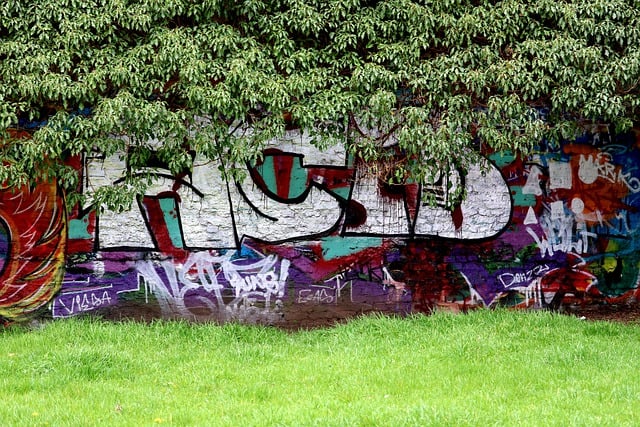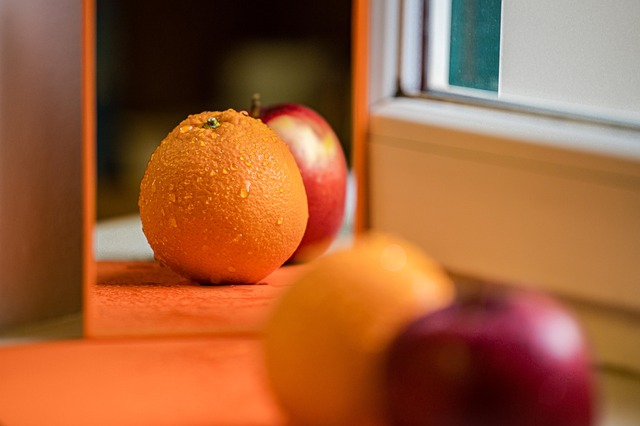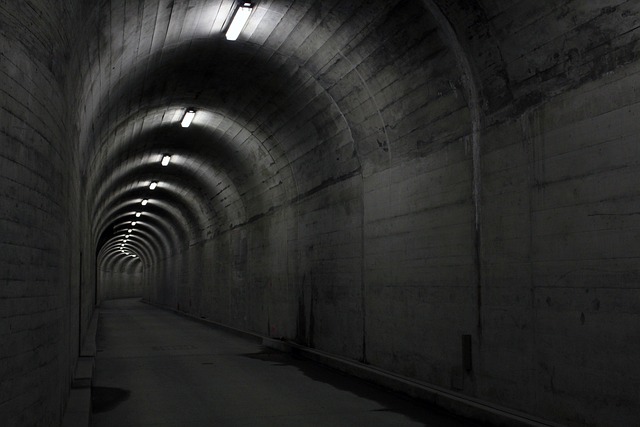In the rapidly evolving landscape of contemporary art, ambient art surges forward as a compelling fusion of fine arts, culture, and immersive installation. This innovative art form transcends traditional boundaries, inviting audiences to engage with their surroundings in ways that provoke thought, stir emotion, and enhance the sensory experience of a space.
At its core, ambient art is not confined to a single medium; it often incorporates various elements from fine arts such as painting, sculpture, and digital media. Artists utilizing this style create environments that resonate with viewers on a deeper, often subconscious level. Imagine stepping into a gallery where sound, light, and texture merge to create a holistic experience, blurring the lines between the observer and the artwork itself. Each piece is carefully designed to evoke a particular atmosphere, transforming mundane spaces into realms of exploration and introspection.
Cultural context plays a significant role in shaping ambient art. Artists draw inspiration from the diverse narratives embedded within their communities, integrating local histories, social issues, and cultural moments into their installations. This dialogue between art and culture fosters a greater understanding of our collective human experience. For instance, immersive environments may reflect urban landscapes, historical events, or even natural phenomena, prompting viewers to reflect on their relationship with their surroundings and the larger world.
As urbanization and technological advancement continue to reshape how we experience art, ambient art emerges as a response that champions the importance of atmosphere, context, and connectivity. Artists are increasingly interested in how viewers interact with spaces, employing cutting-edge technologies like virtual reality, projection mapping, and soundscapes to create dynamic installations that adapt to audience engagement.
This shift from static art pieces to dynamic, engaging environments underscores the essence of ambient art, where the emotional and intellectual responses of the viewer are paramount. It transforms passive observation into active participation, inviting individuals to become co-creators of their artistic experience. The embodiment of this approach can be seen in the works of artists like Olafur Eliasson, whose installations often blend natural elements and interactive experiences, inviting visitors to reflect on their presence within the art.
Moreover, ambient art reflects the complexities of the modern age. In a world inundated with information and visual stimuli, the immersive qualities of this art form offer a sanctuary—a space to pause, reflect, and reconnect with oneself and one’s surroundings. It challenges the frenetic pace of daily life, beckoning individuals to engage with art in a way that is both soothing and invigorating.
The rise of ambient art within galleries, public spaces, and even online platforms signifies a cultural movement that seeks to redefine the way we perceive art. By embracing interactivity and context, artists elevate the concept of the artistic encounter, enveloping viewers in a sensory experience that lingers long after they’ve left the installation. In doing so, they not only celebrate the artistry of the moment but also create a lasting impact that resonates within the cultural fabric of society.
Ultimately, ambient art stands as a testament to the evolving nature of creativity in our contemporary landscape. By merging fine arts with cultural nuance and innovative installation practices, it invites us to rethink our relationship with art and community, allowing us to immerse ourselves in experiences that transcend the ordinary.




